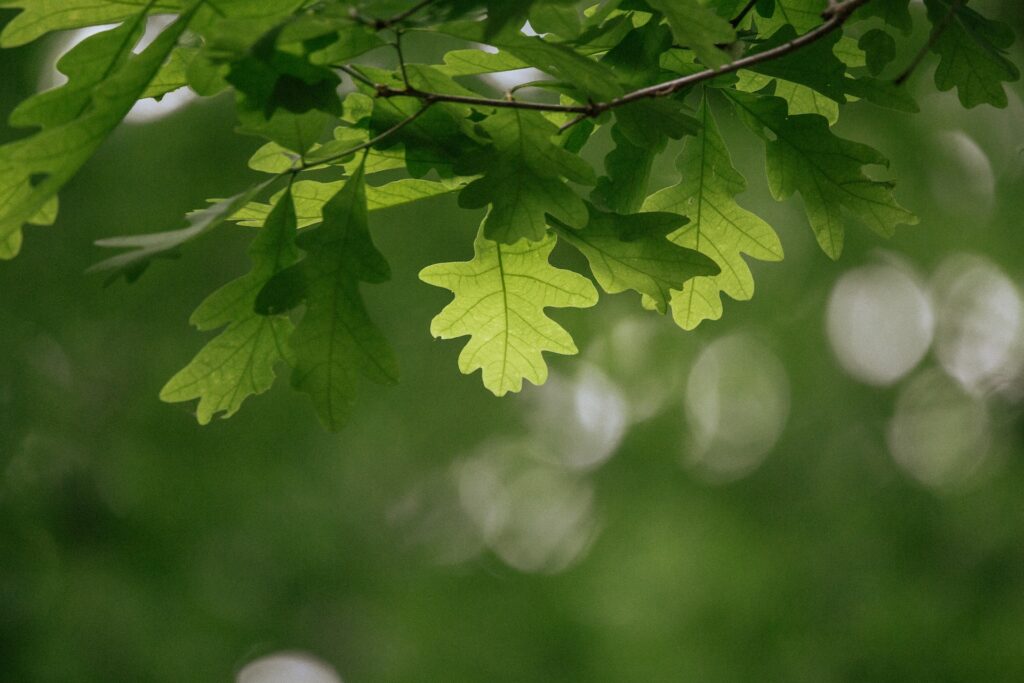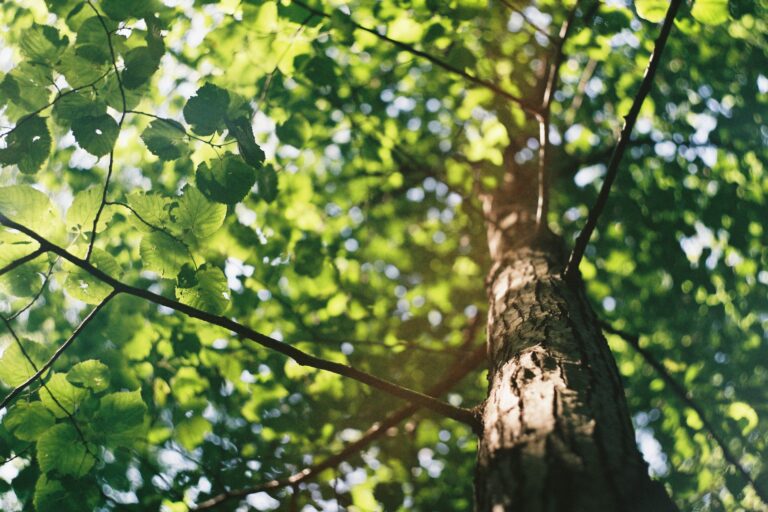Caring for a newly planted tree is vital to establish strong root growth and ensure its long-term health and vitality. By following proper techniques and providing essential care, you can give your tree the best start in its new environment. In this article, we will explore the key steps and tips for caring for a newly planted tree, including watering, mulching, pruning, and more.
Watering a Newly Planted Tree
Proper watering is crucial for the survival and establishment of a newly planted tree. Follow these tips to ensure your tree receives the right amount of water:
Determining the Right Amount of Water
When watering a newly planted tree, aim to moisten the soil to a depth of 12 inches. Use a soil moisture meter or perform a manual test by inserting a finger into the soil to gauge its moisture level. Adjust your watering accordingly.
Watering Frequency and Timing
Water your newly planted tree deeply once or twice a week, depending on the weather conditions. In hot and dry periods, more frequent watering may be necessary. Water early in the morning or late in the evening to minimize evaporation and allow the roots to absorb moisture effectively.
Watering Techniques for Optimal Root Growth
Water the tree slowly and evenly, allowing the water to penetrate the soil. Use a soaker hose or drip irrigation system to deliver water directly to the root zone. Avoid overhead watering, as it may lead to foliar diseases and inefficient water absorption.
Mulching for Tree Health
Applying mulch around the base of the tree offers numerous benefits:
Choosing the Right Mulch
Select organic mulch such as wood chips or shredded bark. Avoid piling mulch against the trunk to prevent moisture buildup and trunk rot. Maintain a 2 to 4-inch layer of mulch around the tree, leaving a gap near the trunk.
Proper Mulch Application Techniques
Spread the mulch in a circular shape, covering the area beneath the tree’s canopy. Extend the mulch layer to the tree’s drip line to maximize root protection. Mulching helps retain moisture, suppresses weed growth, and regulates soil temperature.
Benefits of Mulching for Newly Planted Trees
Mulching conserves soil moisture, prevents weed competition, insulates roots from temperature extremes, and adds organic matter to the soil as it decomposes.
Pruning Young Trees
Pruning young trees is essential to encourage healthy growth and establish a well-balanced structure:
Pruning Dead or Damaged Branches
Inspect your young tree regularly and remove any dead, broken, or diseased branches promptly. This promotes tree health and prevents the spread of diseases.
Shaping and Training Young Trees
Guide the growth of your young tree by selectively pruning to encourage strong branch structure and desired form. Proper shaping early on can prevent future issues and maintain an aesthetically pleasing shape.
Pruning Tips for Balanced Growth
Avoid over-pruning or removing too much foliage. Aim to maintain a balance between removing excess branches and preserving enough foliage to support photosynthesis and energy production.
Fertilizing Newly Planted Trees
Providing the right nutrients can promote healthy growth and help your newly planted tree thrive:
Understanding Nutrient Needs
Perform a soil test to determine the nutrient composition of the soil. Based on the results, choose a balanced, slow-release fertilizer formulated for trees.
Selecting the Right Fertilizer
Look for a fertilizer with a ratio appropriate for young trees, such as 10-10-10 or 12-6-6. Follow the manufacturer’s instructions for application rates and timing.
Fertilizer Application Methods
Apply the fertilizer evenly in a ring around the tree’s drip line, avoiding direct contact with the trunk. Water the area thoroughly after applying the fertilizer to help the nutrients reach the root zone.
Protecting Trees from Pests and Diseases
Preventing pest infestations and diseases is crucial for the health of your young tree:
Common Tree Pests and Diseases
Familiarize yourself with common pests and diseases that can affect trees in your region. Learn to identify the signs and symptoms to take appropriate action.
Prevention and Early Detection Strategies
Implement preventive measures such as maintaining proper tree hygiene, regular inspections, and promptly addressing any signs of pests or diseases. Consult with a certified arborist if necessary.
Organic Pest and Disease Control Methods
Explore organic pest control options like beneficial insects, horticultural oils, or natural insecticidal soaps. Minimize the use of chemical pesticides to protect beneficial organisms and maintain environmental sustainability.
Sunlight Requirements for Young Trees
Understanding your tree’s sunlight needs ensures optimal growth and development:
Assessing Sunlight Conditions
Observe the sun’s path across your property to identify areas with full sun, partial shade, or full shade. Consider these conditions when choosing the right tree species for specific locations.
Proper Tree Placement for Optimal Sunlight Exposure
Plant your young tree in an area where it can receive the appropriate amount of sunlight based on its species requirements. Ensure it’s not overshadowed by buildings or larger trees that could restrict sunlight access.
Providing Shade for Delicate Young Trees
In the early stages, delicate young trees may benefit from temporary shade structures to protect them from intense sunlight or extreme temperatures. Gradually acclimate them to direct sunlight over time.
Staking and Supporting Newly Planted Trees
Some young trees may require staking or additional support to establish stability:
Determining the Need for Tree Stakes
Evaluate the tree’s stability and the surrounding conditions. Use stakes only when necessary, such as for top-heavy trees or in windy areas.
Proper Tree Staking Techniques
Use flexible materials like tree straps or wide rubber bands to secure the tree to stakes. Avoid tying tightly to prevent girdling. Regularly check and adjust the stakes as the tree grows.
When to Remove Tree Stakes
Monitor the tree’s growth and stability. Once the tree can stand independently without leaning, it’s generally safe to remove the stakes. Gradually remove the support to allow the tree to strengthen its root system.
Monitoring Tree Growth
Regular monitoring and care are essential to ensure the healthy development of your newly planted tree:
Signs of Healthy Growth
Observe the tree for signs of vigorous growth, including new shoots, healthy foliage, and a strong central leader. Healthy growth indicates that your tree is adapting well to its environment.
Identifying and Addressing Common Issues
Watch for warning signs such as wilting leaves, yellowing foliage, or pest damage. Timely intervention and appropriate care can help resolve issues before they become severe.
Tracking Progress and Adjusting Care
Keep a record of your tree’s growth, noting any changes or challenges faced along the way. Adjust your care routine based on the tree’s needs and environmental factors.
Caring for a newly planted tree requires attention to detail and proper care techniques. By following these essential tips for watering, mulching, pruning, fertilizing, and protecting your young tree, you can foster its growth and ensure its long-term health and vitality. Remember that each tree species may have specific requirements, so consult with a certified arborist for personalized advice. With patience and proper care, your newly planted tree will flourish and become a beautiful addition to your landscape.




